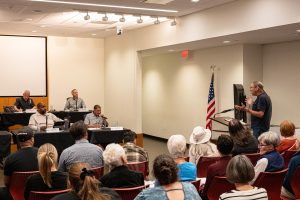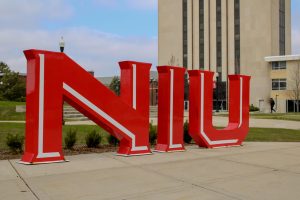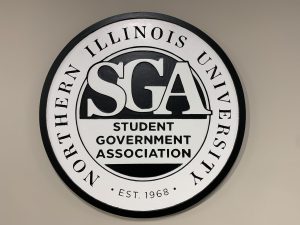Students and faculty have different feelings on the use of clickers in class
September 22, 2011
Students have mixed reviews about clickers, but NIU faculty finds clickers convenient and interactive to use in classrooms.
Clickers, small hand-held devices that allow students to respond to questions given by their professor, are becoming increasingly popular throughout campus.
Andrew Setterstrom, visiting assistant professor of Information Systems, adapted the use of clickers into his Introduction to Business Information Systems lectures for the first time last week and experienced good results.
“Clickers help facilitate interaction,” Setterstrom said.
With a class as big as 90 to 300 students, Setterstrom finds it easier to increase class participation with clickers. Although he said that there is no real difference between grades with hard copy quizzes and clickers, Setterstrom said it saves a lot of time and paper to use clickers. The answers are conveniently uploaded straight to Blackboard, Setterstrom said.
Senior biology major Julia Powers takes a different approach to clickers.
“Clickers are a huge waste,” Powers said.
Powers said the clicker system always broke down in her physics class and, unlike with a hard copy, with clickers there was a chance for error.
Powers also said clickers are extremely expensive. Besides the $50 price students pay for a new clicker, it costs an extra $15 to register the device.
Although clickers may be expensive, they are good for four years, said NIU Bookstore manager Don Turk. Turk said the new clicker NIU decided to go with this year is more expensive, but more reliable. The old clicker isn’t interchangeable with the new clicker, but the store is giving a rebate to students to help offset the cost of the new clickers.
Zach Hueneke, freshman computer programming major, holds a positive view towards clickers.
“I think clickers are a good idea because they make class more interesting,” Hueneke said.
Hueneke said clickers encourage students to pay more attention in class, they are a more environmentally conscious way of teaching, and are overall more “towards the future.”






